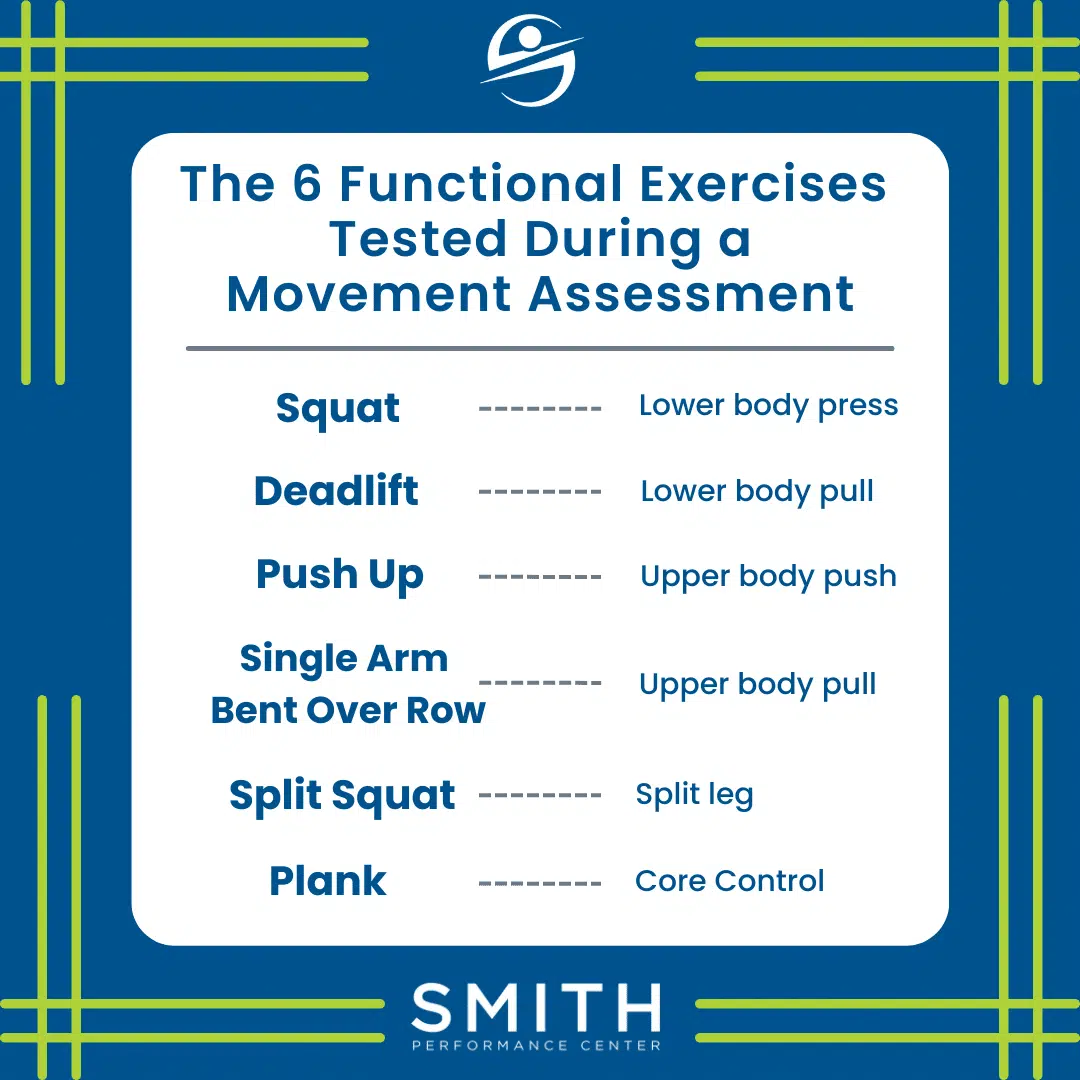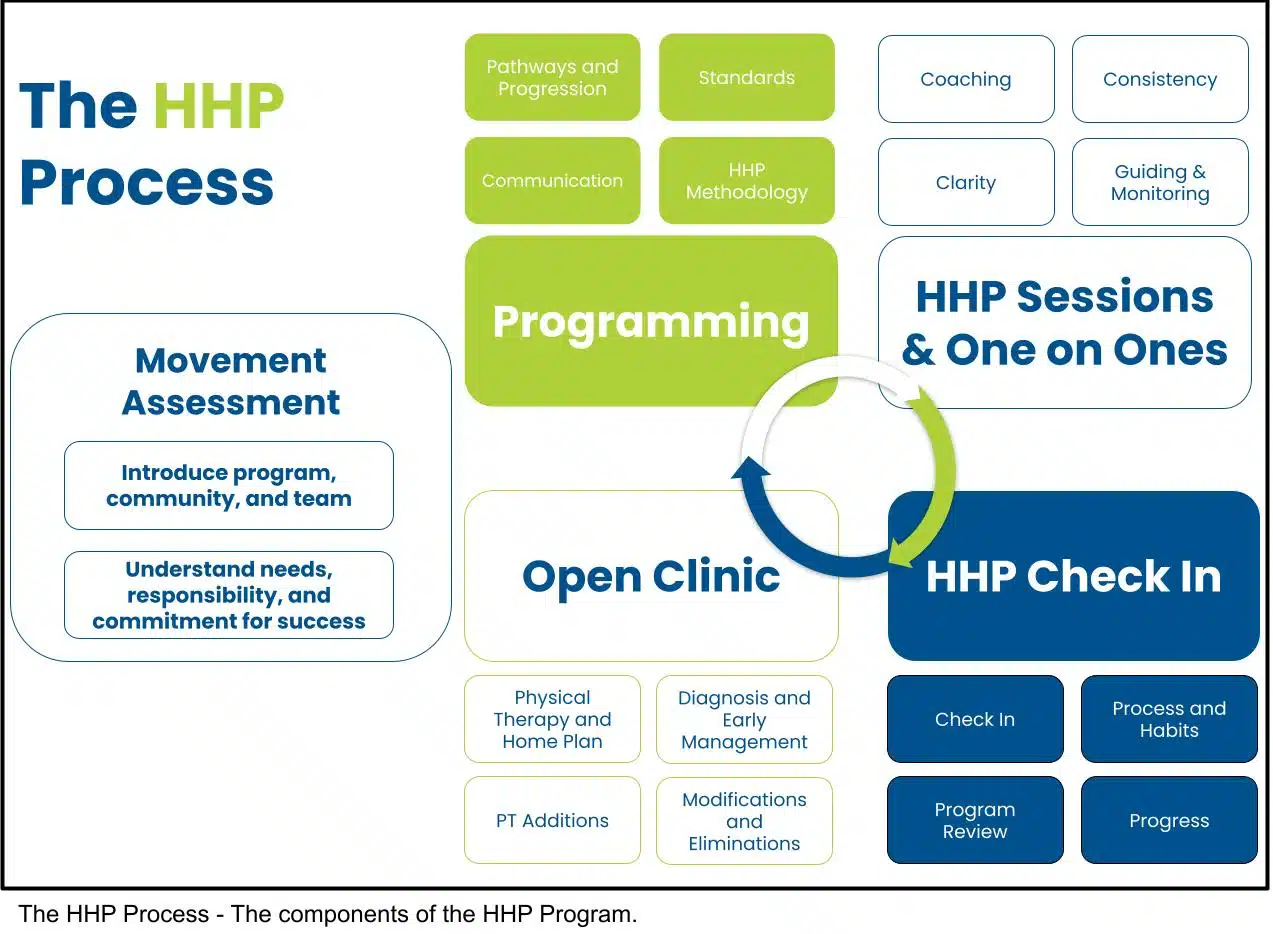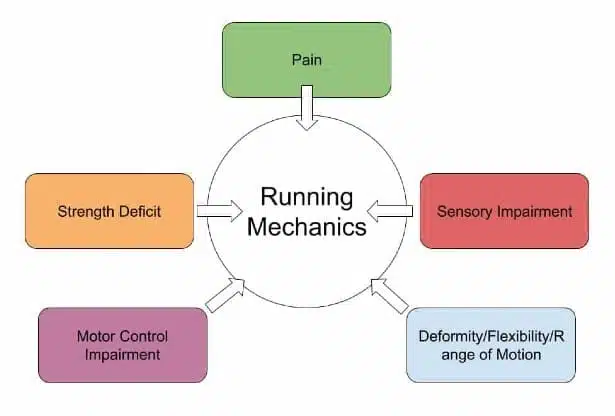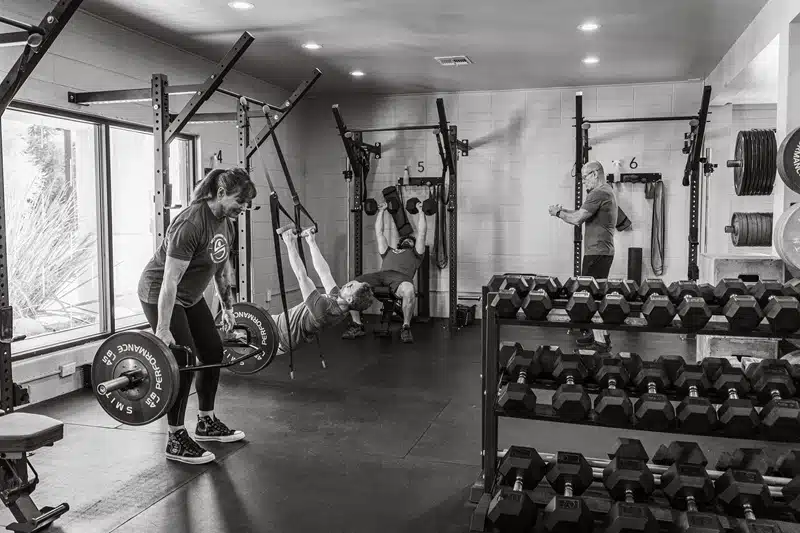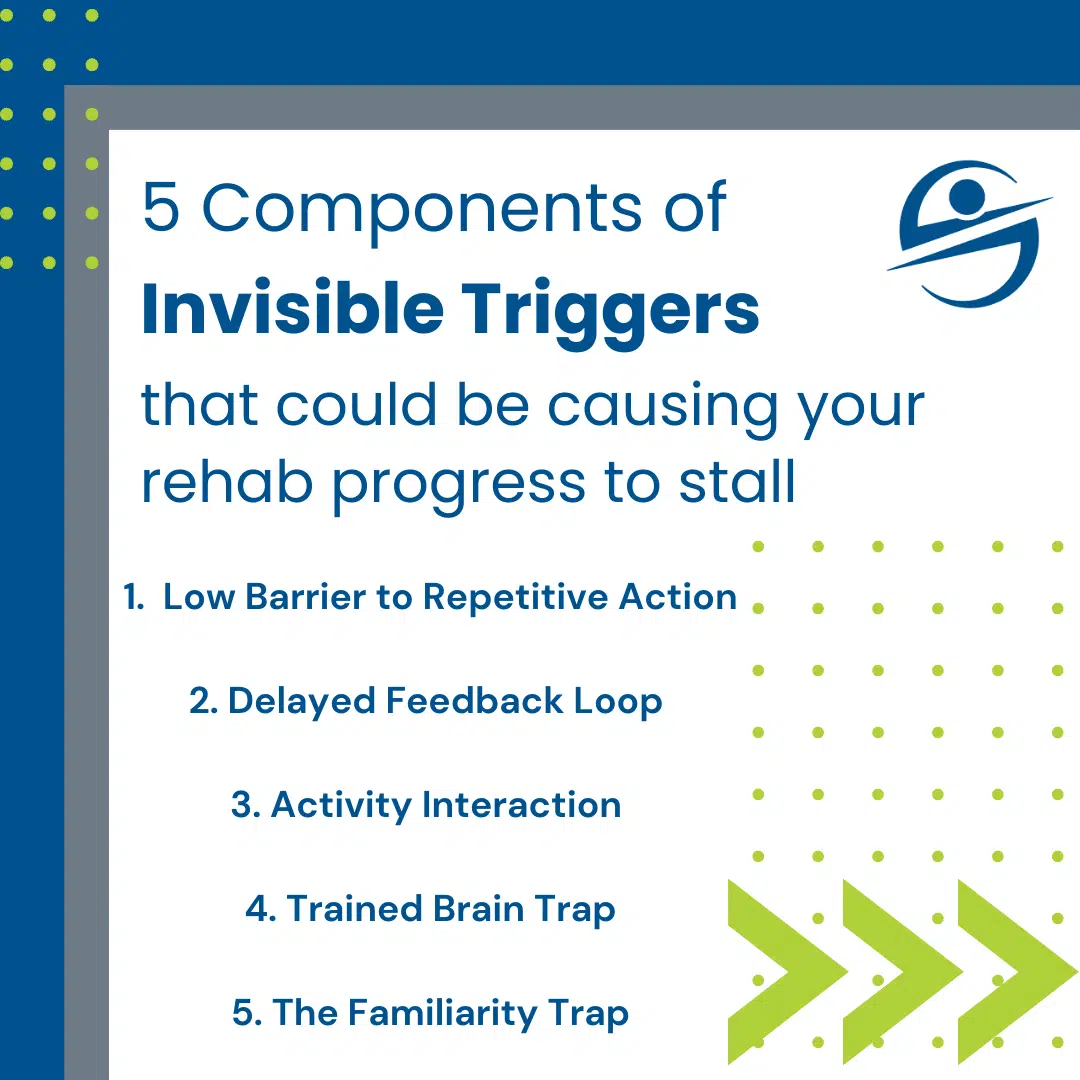
The 5 Components of Invisible Triggers That Cause Your Rehab Progress to Stall
You keep getting close to feeling good but then fall back into an injury because of a common, but often unrecognized issue – invisible triggers. An invisible trigger is an action or activity that does not seem to be causing your injury to worsen but is actually causing your injury to remain and not heal. If you slammed your finger into a door, you would know the door caused your pain. Continuing to slam your finger in the door will cause the finger pain to remain. In contrast, an invisible trigger is not as clear as slamming your finger in a door. Patients have an easier time eliminating obvious triggers. This does not happen with invisible triggers. An example would be low back pain triggered by an interaction between two activities: running followed by a bout of sitting. When we investigate running by itself, there is no problem. We repeat

